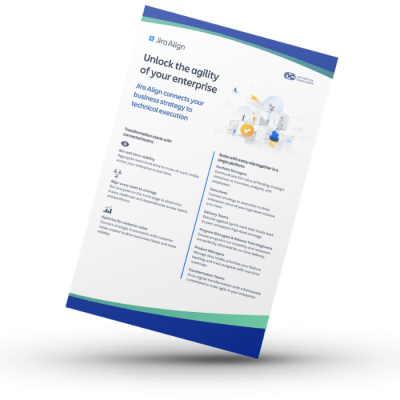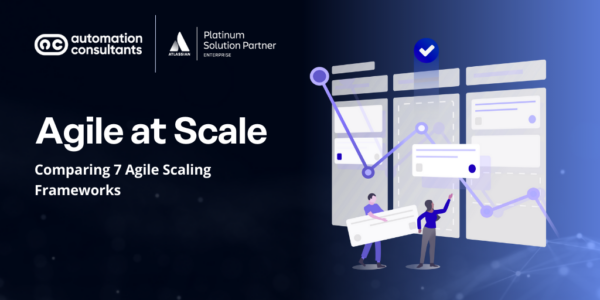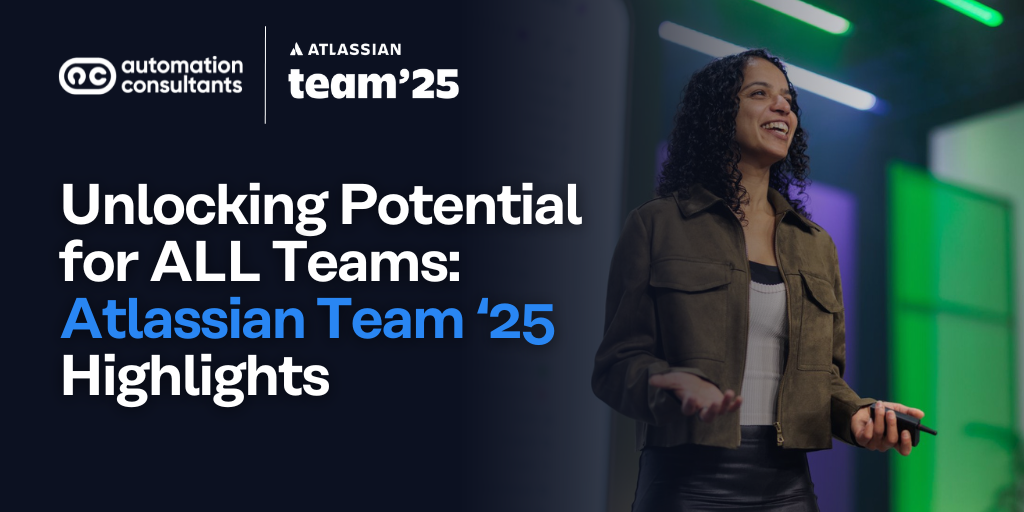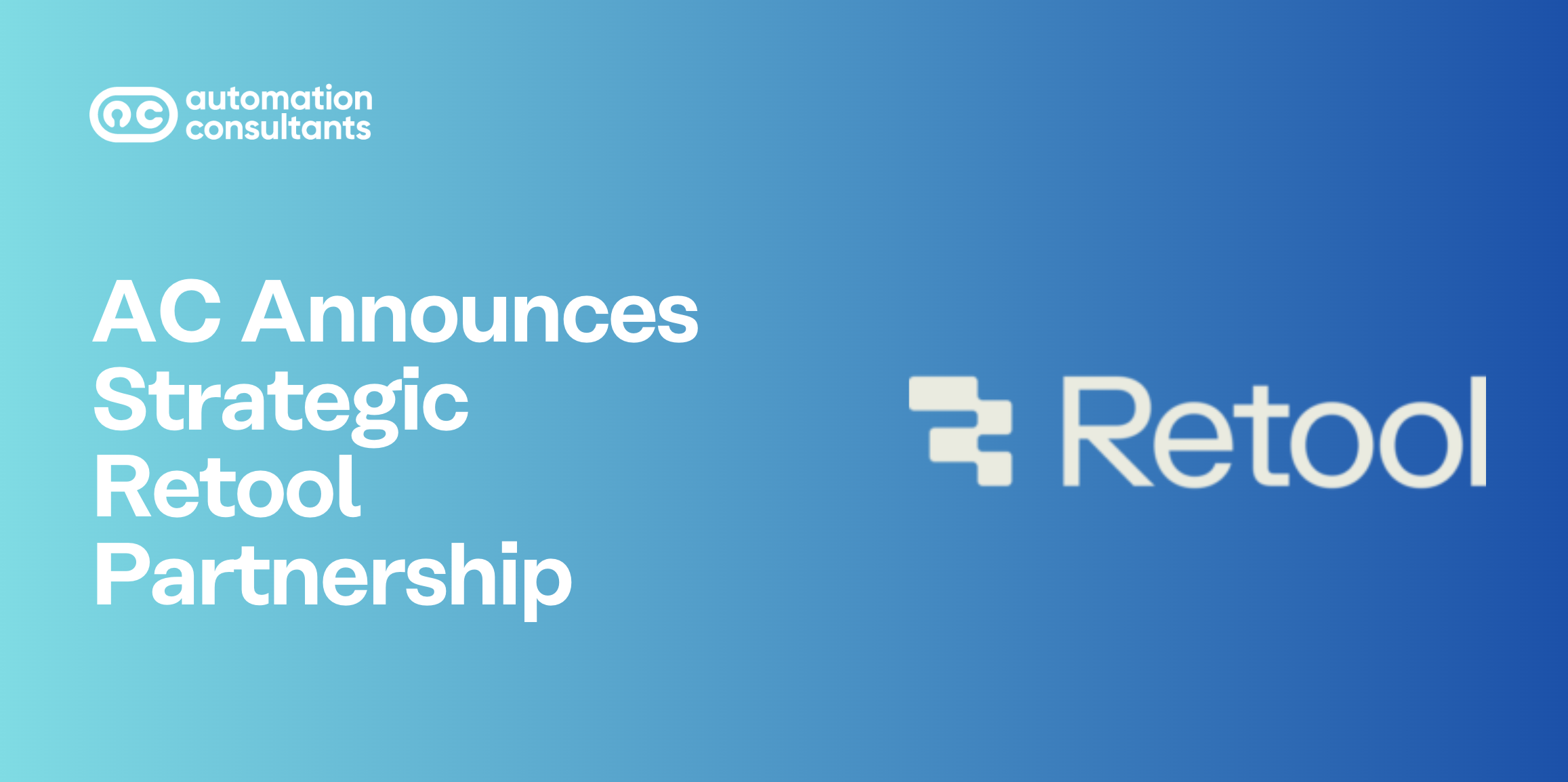The Agile Manifesto, when originally published, did not envisage working at scale, across multiple teams.
Instead, Agile project management focused on improving the work of single developers. Imagine teams small enough to gather in a single room and look at a whiteboard together. At that scale, there were plenty of ways to improve software development, and the Agile Manifesto focused on these.
Large-scale development, however, requires structures to enable multiple teams with many people to work together efficiently, emphasizing the need for organizational skills and agile mindset. These people cannot all fit in a room and do not necessarily know each other personally. This is where Agile at Scale frameworks come in. These frameworks help enterprises scale and implement Agile across larger development teams.
Today’s leading Agile at Scale frameworks include:
- Scaled Agile Framework (SAFe)
- Large Scale Scrum (LeSS)
- Disciplined Agile (DA)
- Nexus
- Spotify model
- Scrum at Scale (S@S)
- Enterprise (or Portfolio) Kanban
To provide you with a high-level overview of each of these frameworks, we’ve created a comparison table further down in this post.
But first, let’s take a closer look at why your business might need a framework to scale up Agile operations.
For a more in-depth conversation about Agile transformation, scaling frameworks or best practice, do talk to our team. We can offer a free consultation call to talk through your challenges, aims and objectives – or simply an informal chat if you’d prefer.
Understanding the need for frameworks for enterprise Agile scaling
Scaling Agile isn’t just about applying single-team methods on a larger scale; it’s about transforming the entire organisation (or multiple teams within it) into a cohesive unit that works together seamlessly. Here’s how a framework helps in implementing Agile practices at enterprise levels:
Coordinating multiple teams
One of the primary challenges for organisations is coordinating multiple Agile teams, often called a ‘team of teams.’ As enterprises grow, project complexity increases, and so does the need to ensure that various teams are working in harmony. A framework provides the structure to synchronise efforts across departments and projects.
Maintaining Agile values and principles
When an organisation scales, it can be challenging to maintain core Agile values and principles. A framework helps to ensure that these principles are upheld by providing consistent guidance and practices that can be applied across different teams and projects. This consistency helps to preserve an Agile ethos even as the organisation grows.
Enhancing communication and collaboration
As teams increase in number, effective communication and collaboration become more complex. Standardised practices offered by a framework facilitate better communication and coordination between teams. This ensures everyone is aligned with the organisation’s goals and objectives, enhancing overall productivity.
Managing complexity
Larger projects tend to be more complex and require more robust management strategies. Frameworks can provide structured approaches to managing this complexity. They allow for better project planning, execution, and monitoring for improved project outcomes and a generally more Agile organisation.
Supporting continuous improvement
Frameworks for scaling Agile help organisations to foster a culture of continuous improvement. By providing clear guidelines for assessing performance and identifying areas for enhancement, these frameworks ensure that teams are always striving for better outcomes and greater efficiency.
Aligning business and technical objectives
As enterprises grow, aligning business and technical objectives becomes more challenging. Scaling frameworks help to bridge this gap by ensuring that all teams work towards common goals, aligning their efforts with the organisation’s overall strategic direction.
Agile at Scale frameworks: A comparison
Framework
Key characteristics 🧬
Strengths ✅
Weaknesses ❎
SAFe
We explore SAFe in more detail over in this short guide here.
Highly structured
Work divided into quarterly Program Increments (PIs)
Teams formed into Agile Release Trains (ARTs)
Levels of scale: Team, Program, Large Solution, Portfolio
- Provides a detailed framework for alignment
- Promotes focus on goals
- Encourages structured planning
Higher proportion of time spent on planning than with other frameworks
Reduced flexibility given to individuals
Arguably less Agile than other frameworks
LeSS
Based on Scrum
Seeks a minimalist, ‘less is more’ approach
Collaboration between teams facilitated through self-organised structures, such as: Just Talk, Communicate in Code, Travellers, Open Space and Communities
Large scale version: LeSS Huge
Less time and cost spent on roles to co-ordinate teams
Enables flexibility
Mature teams can reach high proficiency through continuous improvement
Teams and users are essentially left to work much out for themselves
This can prove effective for teams with a lot of experience in Agile, but others can be left floundering, with little guidance
DA (or DAD)
Allows a lot of choice in comparison to other frameworks, but still from a set of options
Teams can choose their lifecycle, i.e. their day-to-day Agile way of working
Options include Scrum, Kanban and several others
Provides a balance between flexibility and structure
Lack of rigid guidelines may mean that an organisation seeking to implement DA needs outside help
Nexus
A Nexus is a group of 3-9 Scrum teams, with a single Product Owner and a single backlog
Co-ordination between Scrums is entrusted to a Nexus Integration Team.
Daily Scrum of Scrums meeting complements each team’s own Scrum meeting
- As this builds on Scrum, teams which already use Scrum will find familiar concepts in Nexus
Not designed for large-scale use as there is no provision for working above nine Scrum teams – about 100 people.(Nexus+ is intended to extend Nexus to larger scales)
Spotify
Agile teams are organised into Squads, made up of c. 10 people of different skills, e.g. developers, testers, business analysts
Multiple Squads that work on a related feature form a Tribe (<150 people)
A group of people with similar skills in the same Tribe are called a Chapter
Other groups include Guilds and Alliances
Promotes networking and knowledge sharing across teams
Discourages silos by mixing different disciplines in Squads
More of a set of guidelines than a practical ‘How-to’ framework for scaling agile
No example is widely known of an organisation that has adopted the Spotify model
Even Spotify evolved away from it
Scrum@Scale
For more insights into Scrum@Scale, have a look at this blog post.
Relatively new framework, first published in 2017.
As the name implies, it aims to scale Scrum, by making a Scrum of Scrums (4-5 Scrum teams)
For greater scale, a Scrum of Scrums of Scrums
A Scrum Master Cycle coordinates operations (this is the ‘how’)
A Product Owner Cycle co-ordinates the backlog (the ‘what’)
Scales easily by simply adding Scrum teams to a Scrum of Scrums, then up to a Scum of Scrums of Scrums
A set of large-scale roles and ceremonies are clearly spelled out, reducing the need for experimentation at greater scale
Highly linked to Scrum
If your organisation uses Kanban or XP, you would have to adapt to Scrum before being able to use the scaling framework
Enterprise (aka Portfolio) Kanban
Unlike other scaling frameworks, Enterprise Kanban is not primarily designed for software development
Portfolio Kanban can be scaled from Team Level, through Product/Project Level, Portfolio Level and Strategic Level
Strategic Level cards can be thought of as OKRs
The cascading nature of Kanban cards makes traceability easy between team-level tasks and strategic-level objectives
Enterprise Kanban adapts easily to non-software departments and can contribute towards enterprise agility
Enterprise Kanban lacks some of the infrastructure for continuous improvement and measuring velocity present in other frameworks
A closer look at three scaling frameworks
SAFe
Of the main Agile enterprise frameworks, SAFe seems to be the most popular. (It’s hard to find statistics for how many organisations have implemented it compared to other models, but when Google Trends research implies it is around 10x as popular as its rival frameworks.)
SAFe provides clear structures and processes. It recommends that Agile teams use Scrum or Kanban, and specifies a number of defined job roles and regular events. For example, teams are grouped into Agile Release Trains (ART), and every quarter, there should be a program increment planning event in which goals for the coming quarter are agreed upon.
To its critics, SAFe is too prescriptive and inflexible; in a word, ‘un-Agile’! Advocates of SAFe, however, praise this detailed framework for keeping teams focused and goals aligned.
As an Atlassian Platinum Solution Partner, we couldn’t write about the SAFe framework without mentioning Jira Align. The platform is developed specifically Agile at Scale methodologies in mind and, with extensive features to enable the alignment of Portfolio, Large Solution and Agile team management, it’s one of the only tools of its kind. Contact us today to talk through with our dedicated team.
Find out more about Jira Align
Download our free Jira Align overview cheat-sheet to find out more about how Jira Align connects your business strategy to technical execution.
LeSS
Large-scale Scrum (LeSS) is at the other end of the scale when it comes to being prescriptive, in keeping with its slogan ‘More with LeSS’.
Its entire rulebook is said to fit on two sheets of paper and, at its core, has ten underlying principles and three principles of guidance on adoption. LeSS is based on Scrum and specifies a few structures to coordinate between teams and handle dependencies, such as an overall retrospective and an all-teams sprint review.
Scrum@Scale
We’ll finish with a closer look at Scrum@Scale. S@S was developed by Jeff Sutherland, one of Scrum’s original authors and a signatory of the Agile Manifesto. It relies heavily on the idea of a Scrum of Scrums (SoS). (Other frameworks, particularly LeSS and Nexus, also use this concept.) An SoS can consist of up to about five teams.
Above this number, the framework prescribes a Scrum of Scrum of Scrums (SoSoS).
In a Scrum team, the Scrum Master ensures the smooth running of the processes and ceremonies, while the Product Owner determines what will be developed and prioritises implementing tasks from the backlog. This concept is maintained in S@S by the posts of SoS Master and Chief Product Owner. A set of scaled ceremonies is laid out for SoS that are equivalent to those in a single Scrum Team.
Common misconceptions about scaling Agile: Myths vs. reality
Several misconceptions about scaling Agile have emerged as more organisations adopt Agile methodologies. Understanding these myths and the realities behind them can help teams navigate their Agile journey more effectively.
Myth 1: Scaling Agile means simply adding more teams
A common misconception is that scaling Agile is merely about adding more teams to handle larger workloads. However, scaling Agile involves much more than just expanding team numbers. It requires a strategic approach to Agile development that includes aligning teams with business objectives, ensuring effective communication, and maintaining Agile values across all levels of the organisation.
Reality: Effective scaling requires structured frameworks
Successfully scaling Agile necessitates frameworks that provide guidance on coordinating multiple teams. These frameworks help maintain alignment and cohesion across diverse projects and ensure that Agile software development practices are applied consistently. This approach helps preserve the Agile ethos while accommodating the complexities of larger enterprises.
Myth 2: Scaling Agile compromises flexibility
Some believe scaling with a framework will reduce flexibility, turning Agile into a rigid set of procedures. This misconception arises from a misunderstanding of how frameworks are designed to work.
Reality: Scaling Agile enhances flexibility
In reality, frameworks are designed to enhance flexibility by providing clear guidelines that can be adapted to suit each team’s unique needs. By establishing standardised processes, these frameworks allow teams to focus on innovation and problem-solving rather than getting bogged down in administrative tasks.
Myth 3: Scaling Agile is only for large organisations
Another misconception is that scaling Agile is only suitable for large enterprises. Smaller companies might assume they don’t need a framework.
Reality: Scaling benefits organisations of all sizes
The principles of scaling Agile can benefit organisations of all sizes. Even smaller teams can gain from the increased coordination and improved efficiency that these frameworks offer. By adopting scaling practices early, organisations can lay a solid foundation for future growth and ensure their Agile processes remain robust and adaptable.
What’s next? Let us help you choose the right Agile scaling frameworks...
Whichever scaling method is chosen, adopting and implementing it is a significant undertaking for any large organisation. The exact approach varies by framework, so it’s crucial to have a dedicated and experienced partner helping you in the process.
In the next article in this series, we explore how to adopt and implement an Agile framework successfully.
In the meantime, if you’d like to explore implementing Agile at Scale in your organisation or simply have an initial discussion, our team is always on hand to help. We’re an Atlassian Platinum Solution Partner, specialising in Agile, Dev-Ops, and Cloud consultancy, training, and managed services.





